If you've decided to bring your puppy home, that's just the first step. You need to get your house ready for him. You're going to have lots to do around the house. After all, puppies are not so different from toddlers and like children, will want to explore all areas of your house.
But how do you know if your house is safe and ready for your new puppy? Listed below is a checklist for you to take note of before you bring your new puppy home:
1. Clean your home of poisonous items - Have you made the effort to clean your house of all possible items that can be cause poisoning to your pup? If you did not, you better do it right away. Cleaning solutions, laundry detergents, bleach, disinfectants, insecticides, fertilizers, mothballs and antifreeze should be kept in cabinets or high up on shelves beyond his reach. Of course, as he grows, and if he has an adventurous streak, he's sure to jump high on to your shelves to find out what's where.
2. Secure all medications and unauthorized foods - These items will cause food poisoning or damages to your dogs' health - Drugs such as Motrin and Tylenol causes liver damage. Common household food items that are harmful include alcoholic beverages, avocado (the only "fatty" member of the vegetable family), coffee, salt, yeast dough, garlic, fatty foods - turkey, artificial sweeteners - Xylitol, potatoes, onions, nuts, chocolate, grapes and raisins.
3. Uproot all life-threatening plants - Do you have life-threatening plants at home? Some plants that are harmless to humans can be deadly to your pup, these include spinach, apricot pits and tomato vines. To find a detail list of common poisonous houseplants, you can visit this site:
www.vet.purdue.edu/depts/addl/toxic/cover1.htm
You can also ask your vet for more such plants that could affect your pet's health and life - If your puppy has ingested poisonous plants, contact: Animal Poison Control Center at - 888-4ANI-HELP - (888-426-4435)
4. Keep away dangerous items - Place electrical wirings out of your pup's reach so that he will not get a chance to bit or chew on them. Sweep and keep your floor clear of loose items such as nails and pins, they should not be lying around even without a pup. Keep all sharp objects such as pins, needles, screwdrivers and scissors out of your pup's reach. Such items if swallowed or chewed upon can be very dangerous, it can hurt your pup's mouth or worse, can damage your pup's internal organs.
5. Supervise your puppy's movement - Don't let your pup remain by himself, unsupervised for long, irregardless of him being indoors or outdoors. Also, remember to keep him away from balconies, upper porches and high decks or he may just slip through the railings and fall. Take note that you should always keep your toilet seat cover down: puppies sometimes like to play in water. Frolicking in the toilet bowl is harmful for him as he may swallow the toilet cleanser. Also, don't tie ribbons round his neck because he may chew it and this can lead to digestive problems or choke himself if the ribbon gets snagged on other things.
Preparing the Essential Dog Supplies
1. Food and water bowls - Select solid and stable bowls that won't tip over when he eats or drinks out of it. Are they easy to clean? Buy two bowls, one for eating and the other for drinking. Initially, buy small bowls and then as he grows older, buy him larger ones. If you do this, he won't develop the habit to overeat for his age nor will he fall into his water bowl whenever he goes to take a drink.
2. Collar - There are a large variety of lightweight collars available for your puppy. No matter which one you choose, attach an identification tag, listing your puppy's name, your address and phone number.
It is advisable to buy a lightweight nylon or leather collar for him first. In order to buy one that fits well, you should take the time to measure his neck. To do so, measure the circumference of his neck and add two inches to it. To be sure that the collar fits properly, slide two fingers between his collar and your pup's neck. The size is right if it fit nicely without being too loose or tight. But if there's too much space, you need a smaller collar. If your fingers don't fit in comfortably, the collar size is way too small. Be patient with your pup and give him some time to get used to his new collar.
3. Leash - Leashes come in many lengths and styles, such as leather, nylon and retractable leashes. If you buy a six-foot leash it would serve both as a leash for training and walking.
It is important to keep your dog leashed unless he is in a close-up area such as a fenced in yard. In many parts of the U.S., there are leashing laws that make it compulsory for all dog owners to leash their dogs whenever they are in public places. If your dog is found to be not leashed, you can be fined. If your dog happens to defecate in public places, you are expected to clean up after him.
4. Grooming equipments - In order to groom your dog properly, you will need some pet grooming equipments depending largely on your dog's coat type. For short haired breeds, do invest in a brush with natural bristles, a rubber currycomb or a hand mitt. Strong wide-toothed metal combs, flea combs and mat splitters are needed for breeds with long hair.
5. Toys - To entertain and exercise your pup, buy him a few toys, as this will help him exercise and get over their cravings for chewing. Choose toys specifically designed for pups - ones that can't be splintered, torn or swallowed. Some of the fun and safe toys to buy include hard rubber balls, nylon chews and rawhide chips. And, if they don't fit comfortably in his mouth, it's not right for him.
6. Recommended puppy food - Give him his essential nutritive foods and get him used to a feeding schedule. Seek advice from your breeder directly or from your veterinarian.
7. Crate or dog bed - A crate looks like a mini cell and is made of either metal, plastic or wood. Available in many sizes, the crate should be big enough for your dog to stand up, turn around easily, as well as lie down in. It should be airy. It is recommended to set up your pup's sleeping area in a place where it is warm, comfortable and within your sight. The crate can be your dog's natural den, offering him the extra protection when he left alone. A crate could also be a portable crate enclosed in plastic or a simple wire crate.
When you buy an adult-sized crate, also buy partitions, or place a cardboard box in the back to serve as a cozy space for him. Apart from the crate, set up a sleeping area for him, for the times when you are at home and the crate is not in used. Buy a puppy-sized bed instead of an adult-sized bed, so that he is safe and snug.
A crate when used in the right way promotes good sleeping habits, helps in potty training your dog and discourage undesirable behaviors like nuisance barking and chewing. It can help to confine your dog in a safe place and stop him from getting into troubles when he is left alone or traveling in a car with you. A crate is so useful, every owner should have one!
8. Stain and scent remover - To take the odor away from his nose, buy a stain and scent remover. It helps a great deal in potty training your pup and keeps your house clean of urine smell.
Listed above are the basic supplies you need to prepare when a new pup is joining your family. Do take the time to ensure that your house has been 'puppy-proofed' and you will find that the preparation will make socializing your new puppy a lot easier!

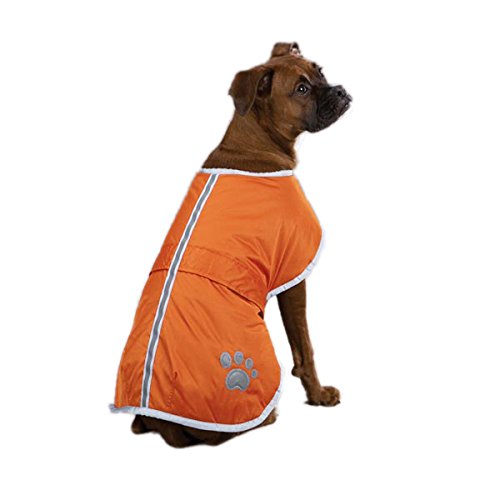 Dog Coats for Winter
Our dogs are part of our fam
Dog Coats for Winter
Our dogs are part of our fam
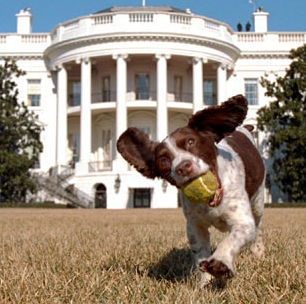 President Dogs: The 20 Most Recent Presidential Pooches (& Other Pets)
20 Most Recent Presidential Pooches (& Other Pets)
They
President Dogs: The 20 Most Recent Presidential Pooches (& Other Pets)
20 Most Recent Presidential Pooches (& Other Pets)
They
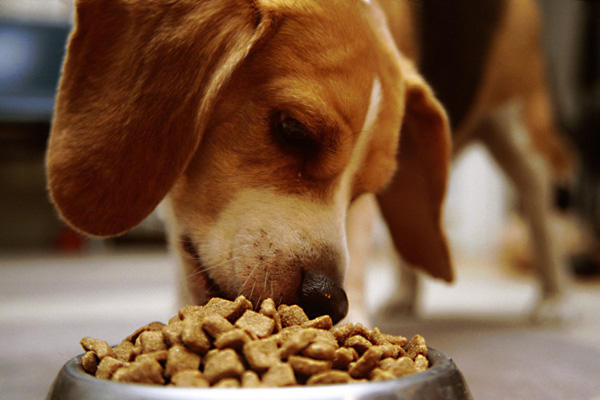 Pet Dog Supplies - To Keep Your Pet Dog Happy
Every pet has their own individuality, especially dogs.
Pet Dog Supplies - To Keep Your Pet Dog Happy
Every pet has their own individuality, especially dogs.
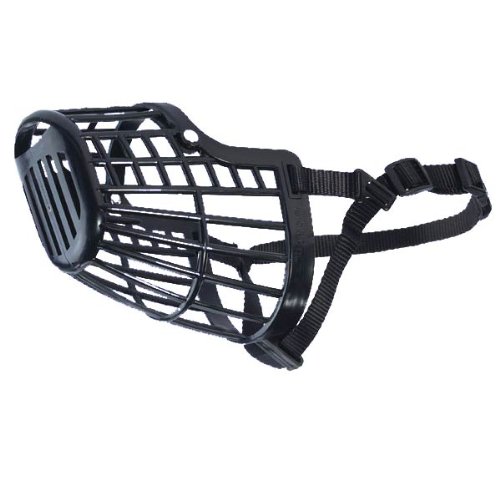 Dog Muzzle
If you are unsure about your
Dog Muzzle
If you are unsure about your
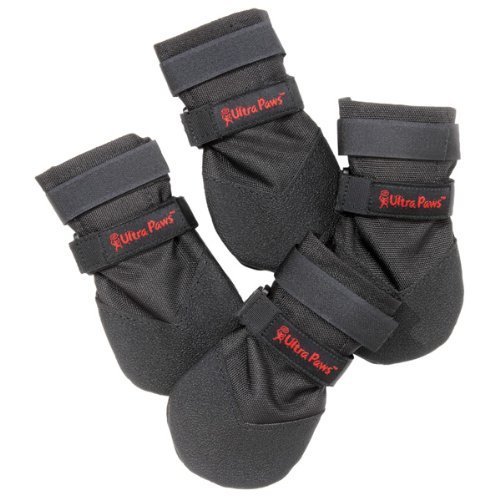 Whats in Your Pets Dog Paw and Feet
Paw showing pads A. Claw, B. Digital Pads, C. Metacarpa
Whats in Your Pets Dog Paw and Feet
Paw showing pads A. Claw, B. Digital Pads, C. Metacarpa